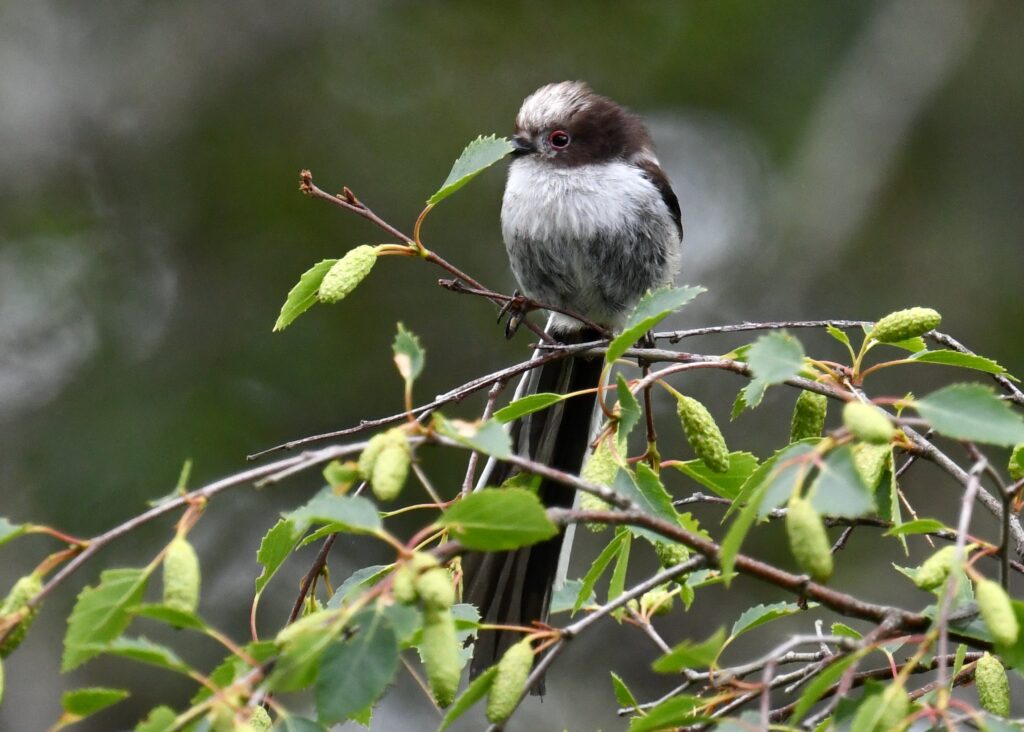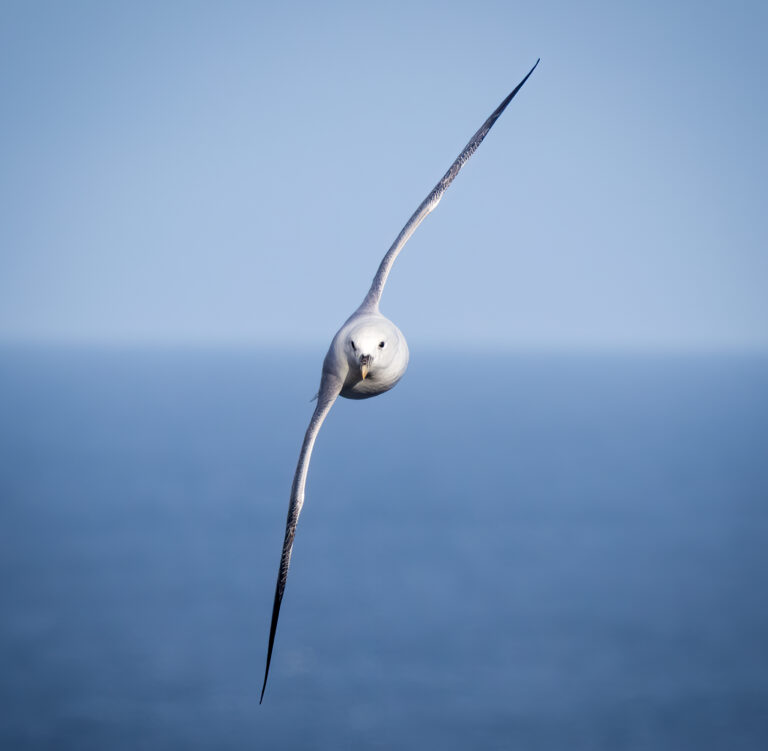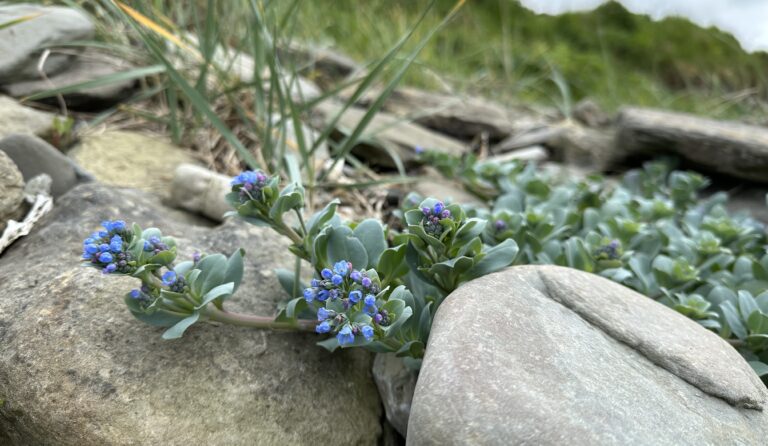Aegithalos caudatus
Gaelic name: Cailleach-bheag an earbaill
Conservation Status: Green
Identification
With its long narrow tail, over half of body length, the species is easy to identify. Colouring is mainly in black and white, with a dusting of pink characterising the underparts. An overall roundish appearance, which with that long tail and distinctive colouring, firmly distinguish this bird amongst its distant cousins in the tit family. Where identification becomes less straightforward is in determination of sex, as male and female are as identical in appearance as it gets! Juveniles have a dark mask across the eyes. Wings are relatively short and flight is undulating, bouncing along would be a good description….flying teaspoon or ball of fluff!
Those of you with better hearing than me will probably notice their frequent, rapid, high pitched calling. These birds are very sociable and tend to be found in groups. During cold spells in winter they will gather in flocks and roost close together, thus preserving body warmth, essential when you only have a body weight of around 9 grams.

Habitat
Look out for this breed particularly in low lying woodland, deciduous or mixed, together with hedgerows and gardens. It is here that they find their main source of food, which consists of insects and invertebrates, hopefully at hand in the branches and foliage of trees and bushes. Caterpillars and eggs of moths/butterflies are treasured nutrition. Winter time is a period when feeders in gardens will become very popular. Fat balls and seeds are a good source of food at this time of year. Not so much whole peanuts, which are a challenge with their tiny black beaks.
Breeding
During the breeding season, nests will be constructed in a dome shape, from lichens, moss and cobwebs, with a lining in excess of 1500 feathers, enough to contain around 8 eggs in the normal single brood per year. They are positioned in hedges, bushes and thickets, sometimes in the fork of a tree trunk and branch. Breeding is early in March/April, so nest construction will start in February. Their sociability continues during the breeding season and failed breeding adults may help to rear other birds in the group.


Lifespan
A short life for these cute wee birds of only 2 years on average. On the plus side, they are managing to sustain overall numbers at a healthy level. Harsh, cold winters can decimate populations, but they are quick to recover and over the last 5 or 6 decades breeding territories have shown an upward trend over the UK to around 380,000 breeding pairs.
John Wright: January 2024.
All images © of author.






